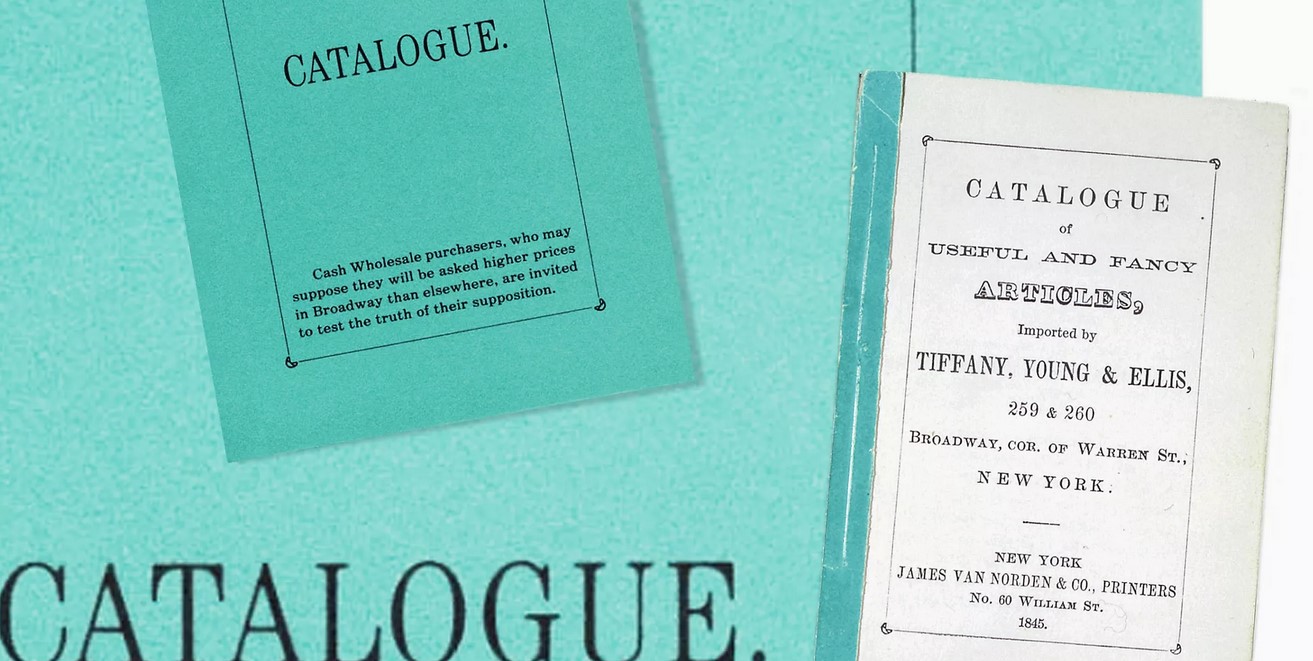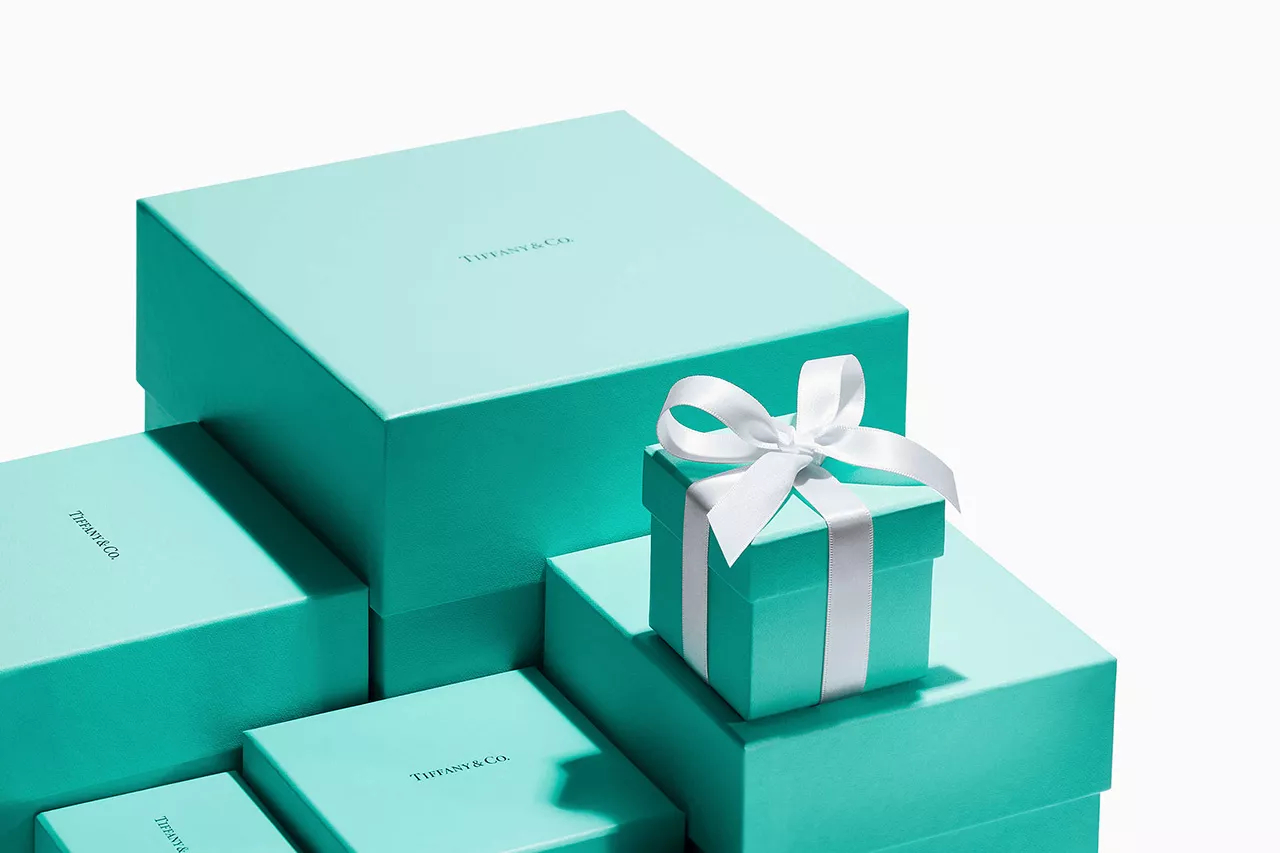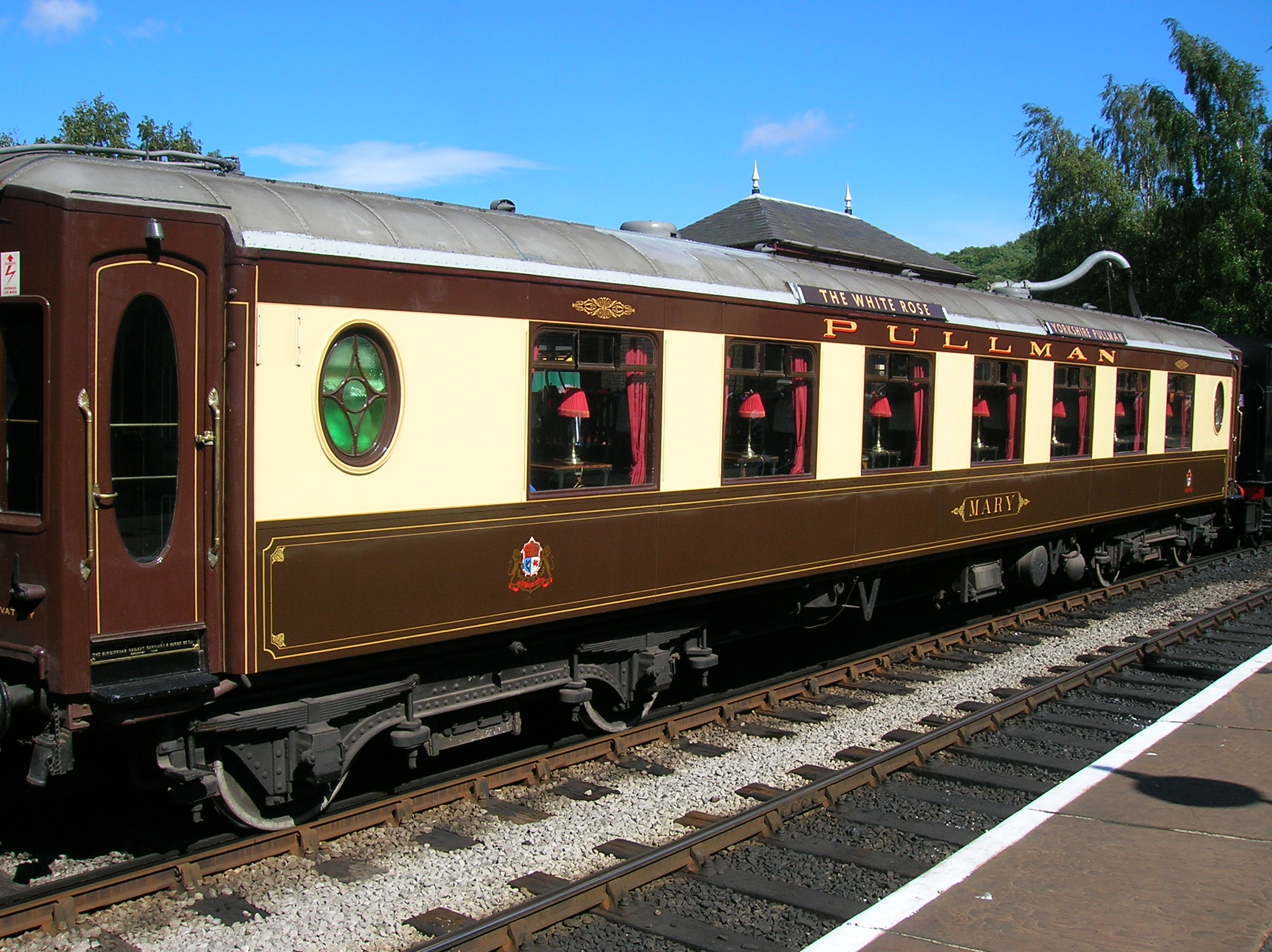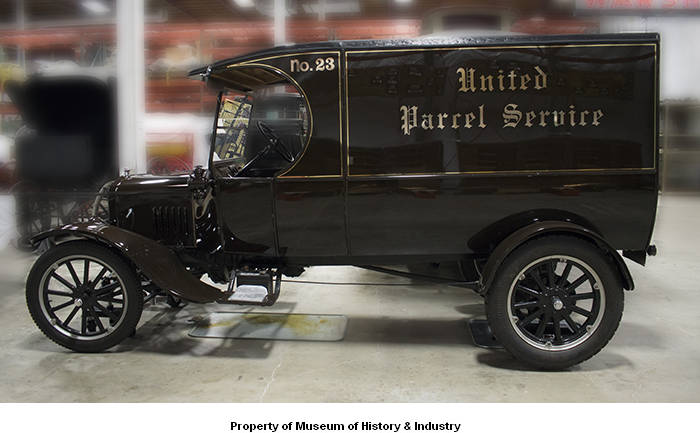Trivia 16 of 30
What was the first trademarked color?
Although protecting combinations of colors (for example, yellow and red for McDonald’s) had been possible for quite some time (upcounsel.com), the U.S. didn’t start recognizing single colors as trademarks until recently—i.e. the mid-1980s (SecureYourTrademark.com).
Owens Corning Pink
In 1985, Owens-Corning became the first company to successfully trademark a color.
Traditional building insulation is yellow-brown. When Owens Corning accidentally added red dye to its production process, it resulted in a unique pink material. As the new color didn’t affect quality, the company decided to use this happy accident to differentiate itself from the competition. In 1980, Owens Corning partnered with MGM to license the Pink Panther as its mascot and spent millions of dollars on a “Think Pink” ad campaign. As a result, consumers started to ask for “the pink stuff” or “the Pink Panther brand,” thereby facilitating the company’s trademark application (rjpiercelawgroup.com).
The Pink Panther and a “Think Pink” ad campaign helped to differentiate Owens Corning and legitimize its color trademark application in the 1980s. Video: DatCommercial

Typical building insulation is yellow-brown. Only Owens Corning is pink. Photo: Designing Buildings Wiki and Secure Your Trademark
Post-It Yellow
Minnesota Mining & Manufacturing (better known as 3M) trademarked the yellow of its ubiquitous Post-It notes in 1997 (trademarklite.com). The color choice was not intentional. The canary yellow paper happened to be the only scrap paper on hand at the lab next door when they needed to produce samples (post-it.com).

An early version of a Post-it Note, circa 1986. Photo: Minnesota Historical Society

Arthur Fry, inventor of the Post-it note, inspecting his product, circa 1980. Photo: Minnesota Historical Society
Tiffany Blue
Tiffany registered its signature blue as a trademarked color in 1998. In 2001, the color was standardized by Pantone as “1837 Blue” – named for the year Tiffany was founded (tiffany.com). It is thought that Charles Lewis Tiffany, the founder of the company, used the distinctive shade because it was commonly associated with weddings in the 1800s (Bobvila.com).

The iconic color was used on the cover of Tiffany's Blue Book, first published in 1845. Photo: Tiffany & Co.

Since its first use in 1845, Tiffany blue has been used extensively on promotional materials like boxes and bags. Photo: Tiffany & Co.
UPS Brown
UPS brown also became a trademarked color in 1998, along with Tiffany Blue.
UPS had first introduced the color in 1916. It served to channel the high class of Pullman railroad cars, which were symbols of style, elegance, and first-class travel at the time (thehill.com), and because its neutral shade was better at hiding grime on delivery vehicles (bobvila.com).

UPS chose brown for its delivery vehicles as it was "the epitome of luxury at the time" (businessinsider.com). Photo: Wikimedia Commons

This restored Ford Model TT shows what UPS trucks looked like in 1923. Photo: Museum of History and Industry
What colors can be trademarked?
Not all colors can be trademarked. In fact, it can be quite difficult. In granting the trademark to Owens Corning, the U.S. Court of Appeals decided that a color can only be trademarked if it:
- Distinguishes the company from its competitors.
- Doesn’t affect the product’s cost or quality.
- Doesn’t serve a functional purpose.
Proving all three elements is difficult, which is why only a few companies have been able to trademark single colors (SecureYourTrademark.com).